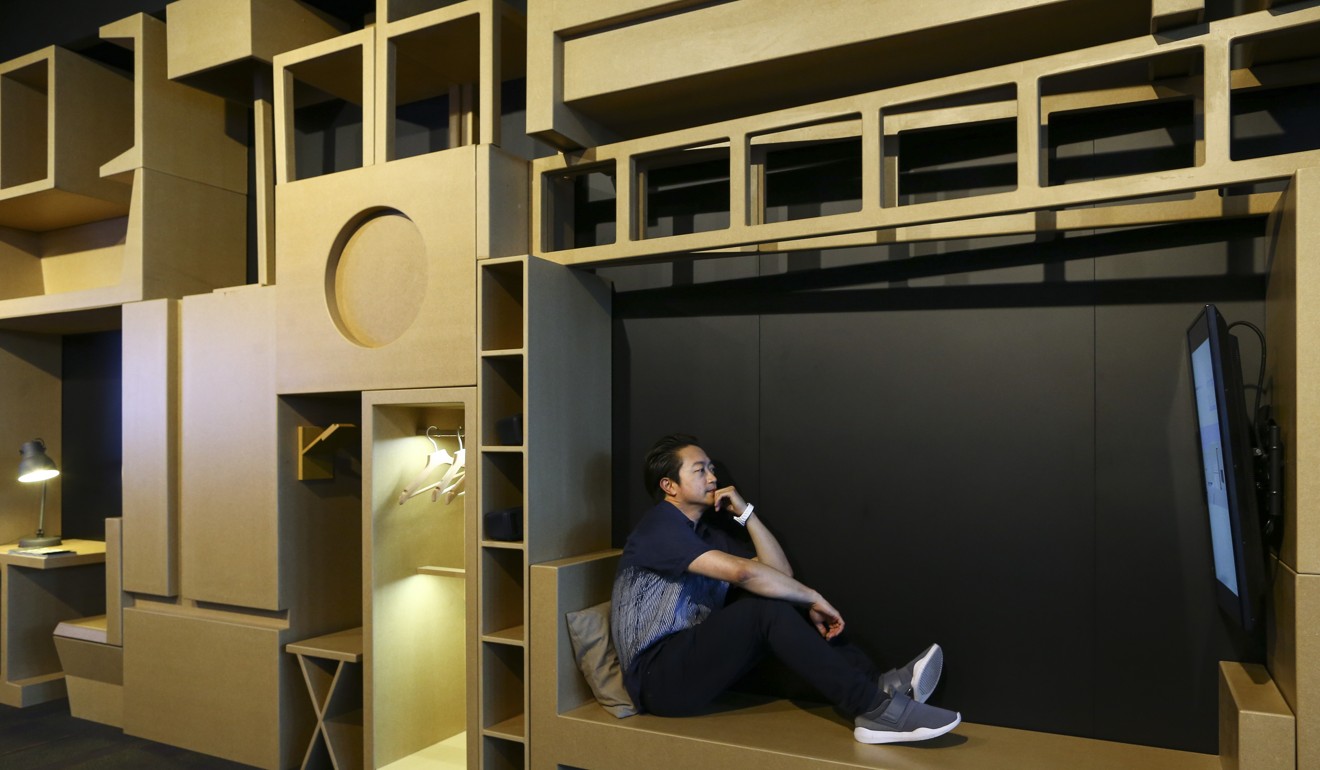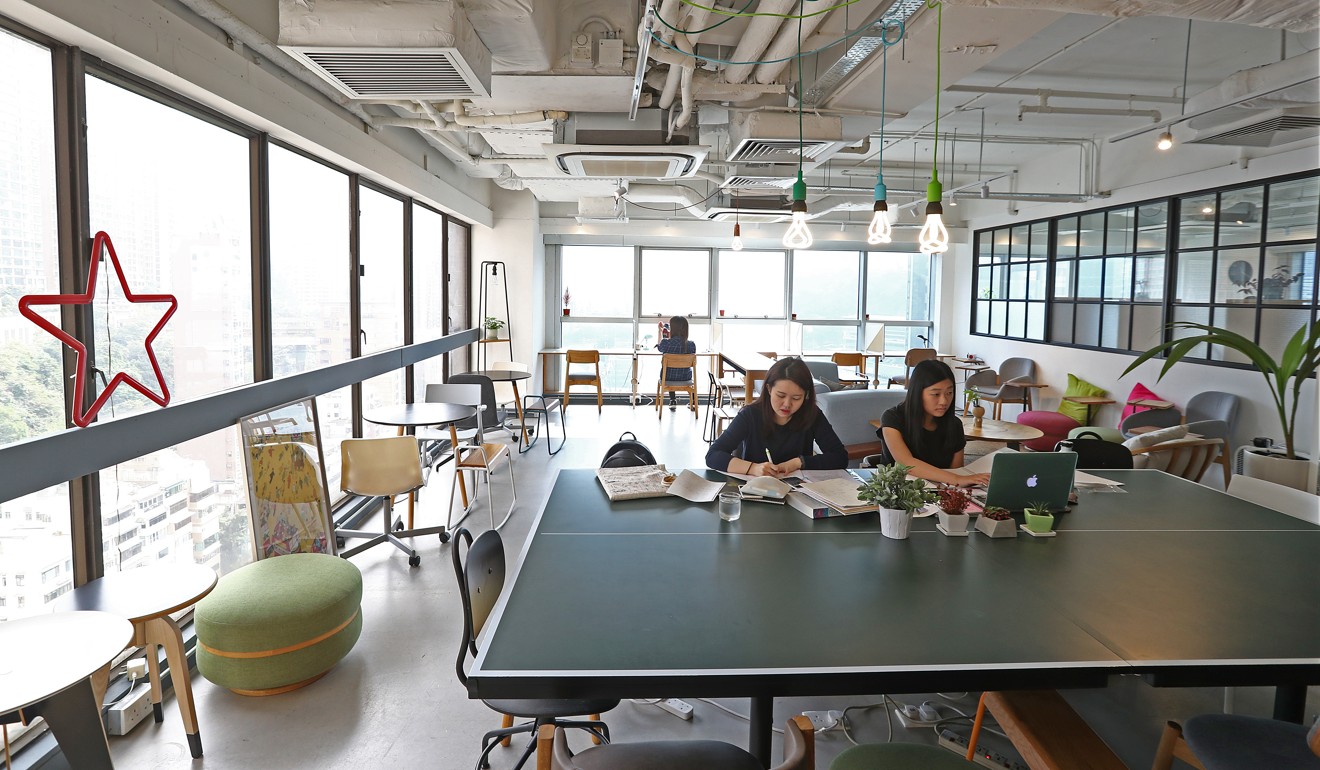
5 top space-saving ideas found in Hong Kong – for the living and the dead
From flats that transform into 24 rooms to floatable cemeteries, Hong Kong’s lack of space has resulted in some ingenious designs
Cramped would be an understatement to describe life in Hong Kong. Walking down the street almost inevitably means being jostled as you make your way shoulder to shoulder with those next to you. From our tiny flats to our overcrowded city as a whole, square footage is a luxury that can only be bought with money.
Just 25 per cent of Hong Kong’s land is lived on, which means that 7.4 million people share 17 square miles of space. Lack of space means residents have long displayed their creativity in finding ways to save even a precious few square feet. As a result, Hongkongers have become adept at managing this predicament – no inch is put to waste in this city plagued by a lack of space.
This week, City Weekend explores the tactical, the ingenious and the fun ways Hongkongers have adapted to their space-conscious lives.
Maximise micro space
On the micro scale, Hong Kong’s tiny flats require a lot of forethought and planning. Living in a 400-sq-ft flat with your spouse and two children is far from uncommon. From hanging mirrors on walls to give the illusion of a larger room, to the maximisation of space by using drawers that roll out from under beds, Hongkongers have no shortage of ways to make their homes feel larger.
Will Hong Kong’s ‘big debate’ on land supply just be led by fat cats?
An approach to enlarging small bedrooms is to use existing windowsills as part of the bedframe, therefore using up space that would otherwise be wasted and creating a precious extra few square feet.
Local company Expand Furniture addresses the scarcity of space by contributing to the market exactly as its name suggests – creating space-saving tables and foldable furniture pieces for the city’s tiny flats. One of its sleek products, the “Box Coffee to Dining Table”, is adjustable in width and height, thus creating a perfect multifunctional addition to living and dining areas.

Domestic Transformer
Some of the most ingenious means of enlarging homes stem from Hong Kong’s architects, such as Gary Chang Chee-keung, who designed a 344 sq ft micro-flat that can transform into 24 different rooms. Named the “Domestic Transformer”, this flat relies on sliding panels and origami-style room elements that fold out and expand. With movable walls and multifunctional furniture, perhaps Chang holds the key to perfecting the micro flat.

Co-working space
Outside our tiny homes, a trend of “co-working spaces” is on the rise. The idea is to save money and space by running your start-up or doing freelance work from an office space shared with others. Across Hong Kong, people are turning from private offices with high rental costs to more financially manageable “co-use” office environments.
Five most luxe co-working spaces in Hong Kong
From micro to macro
Moving from micro tactics to macro, Hong Kong has a long history of reclaiming land to create more liveable space. Unable to build on the city’s mountains and country parks, developers look outward. The first reclamation project was in 1887, and since then, more than 45 square miles of land have been taken from the sea.

Walking through the bustling streets of hilly Hong Kong Island, pedestrians will inevitably pass signs that highlight where the coastline once was. This is most markedly seen at the HSBC headquarters in Central – where lines across the ground floor of the building mark where the ever-shrinking Victoria Harbour once was.
Reclamation receives ‘strong’ support as option to solve Hong Kong land shortage
Housing our dead
From housing our living to housing our dead, a peculiar solution to Hong Kong’s lack of grave space was proposed in 2016: floatable cemeteries. The project, designed by local architecture firm Bread Studios, would offer the city 370,000 columbarium niches to take pressure away from the already scarce land, thereby alleviating the need to reserve public space for burial and crematoria purposes.
The proposal takes into account Chinese beliefs, and designers have implemented the tradition of feng shui to the floating columbarium. The idea is that “Floating Eternity”, built from a repurposed cruise ship, will be anchored offshore and return to Hong Kong’s coast when needed.

